In today’s dynamic business landscape, a strategic financial direction is paramount for sustained growth and success. Whether you are a startup aiming to disrupt the market or an established enterprise seeking to expand your foothold, navigating the complexities of finance requires a tailored approach. At the heart of this approach lies the implementation of accounting solutions that are specifically crafted to address your unique needs and challenges. One of the cornerstones of strategic financial direction is a comprehensive understanding of your company’s financial position. This involves meticulous analysis of cash flow, revenue streams, expenses, and other key financial metrics. By gaining insights into these aspects, you can make informed decisions that drive profitability and mitigate risks. A tailored accounting solution facilitates this process by providing real-time visibility into your financial data, enabling you to identify trends, spot opportunities, and address potential issues proactively. Moreover, a strategic financial direction entails setting clear goals and objectives that align with your overall business strategy. Whether it is achieving a certain level of profitability, expanding into new markets, or optimizing operational efficiency, your accounting solutions should be designed to support these objectives.
This may involve implementing budgeting and forecasting tools, establishing performance metrics, and developing financial models to guide decision-making. By integrating these elements into your accounting framework, you can ensure that your financial resources are allocated effectively to drive growth and achieve long-term success. In addition to proactive planning, strategic financial direction also requires adaptability and agility in response to changing market dynamics. This is where customizable accounting solutions play a crucial role. By leveraging advanced technologies such as cloud-based accounting software and automation tools, you can streamline processes, improve accuracy, and enhance scalability. This not only reduces the burden of manual tasks but also allows your finance team to focus on strategic initiatives that drive value for your business. Whether it is scaling up to meet increased demand or pivoting in response to market disruptions, your accounting solutions should provide the flexibility to accommodate evolving needs and priorities.
Furthermore, strategic financial direction encompasses risk management and compliance considerations. As regulations continue to evolve and financial landscapes become increasingly complex, ensuring compliance with relevant laws and standards is non-negotiable. Tailored accounting solutions can help you navigate this terrain by providing built-in controls, audit trails, and reporting capabilities that facilitate compliance efforts. From tax planning and regulatory reporting to internal controls and audit readiness, your accounting framework should be equipped to address a wide range of risk and compliance requirements and click here. Ultimately, the goal of strategic financial direction with tailored accounting solutions is to empower your business to thrive in an ever-changing environment. By aligning financial strategies with business objectives, leveraging advanced technologies, and prioritizing risk management and compliance, you can position your company for sustainable growth and success. Whether you are a small startup or a multinational corporation, investing in the right accounting solutions is an essential step towards achieving your long-term goals and staying ahead of the competition.






